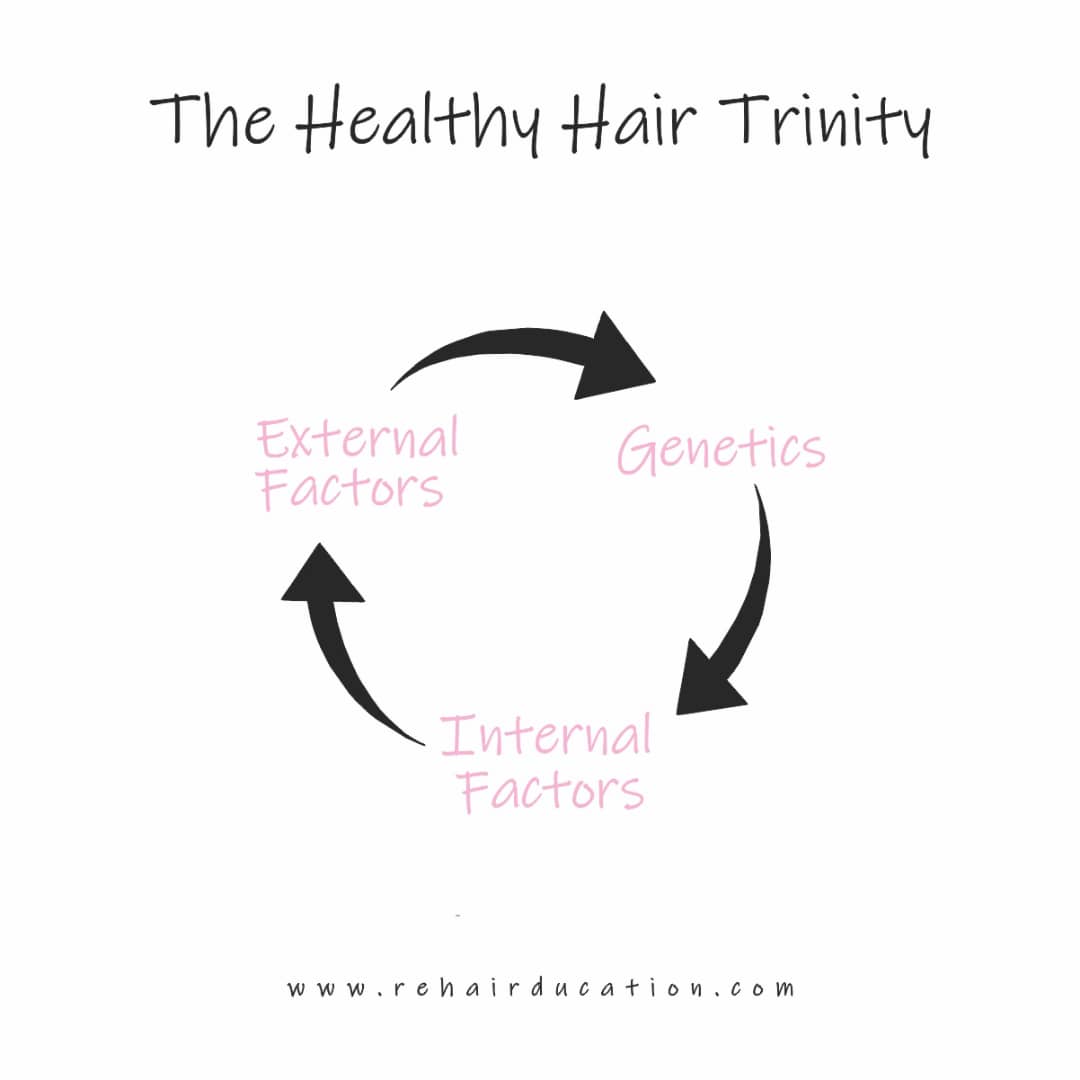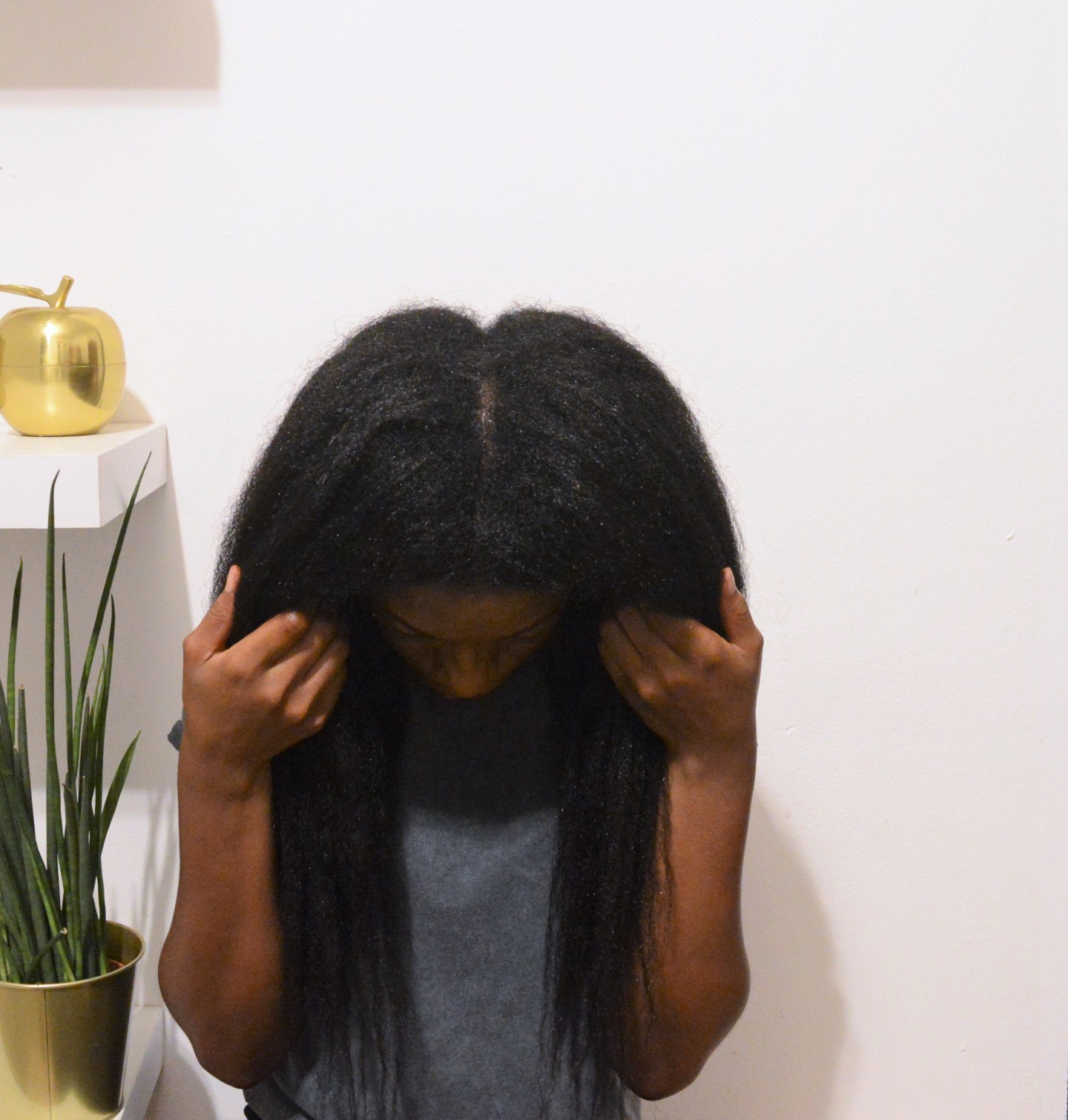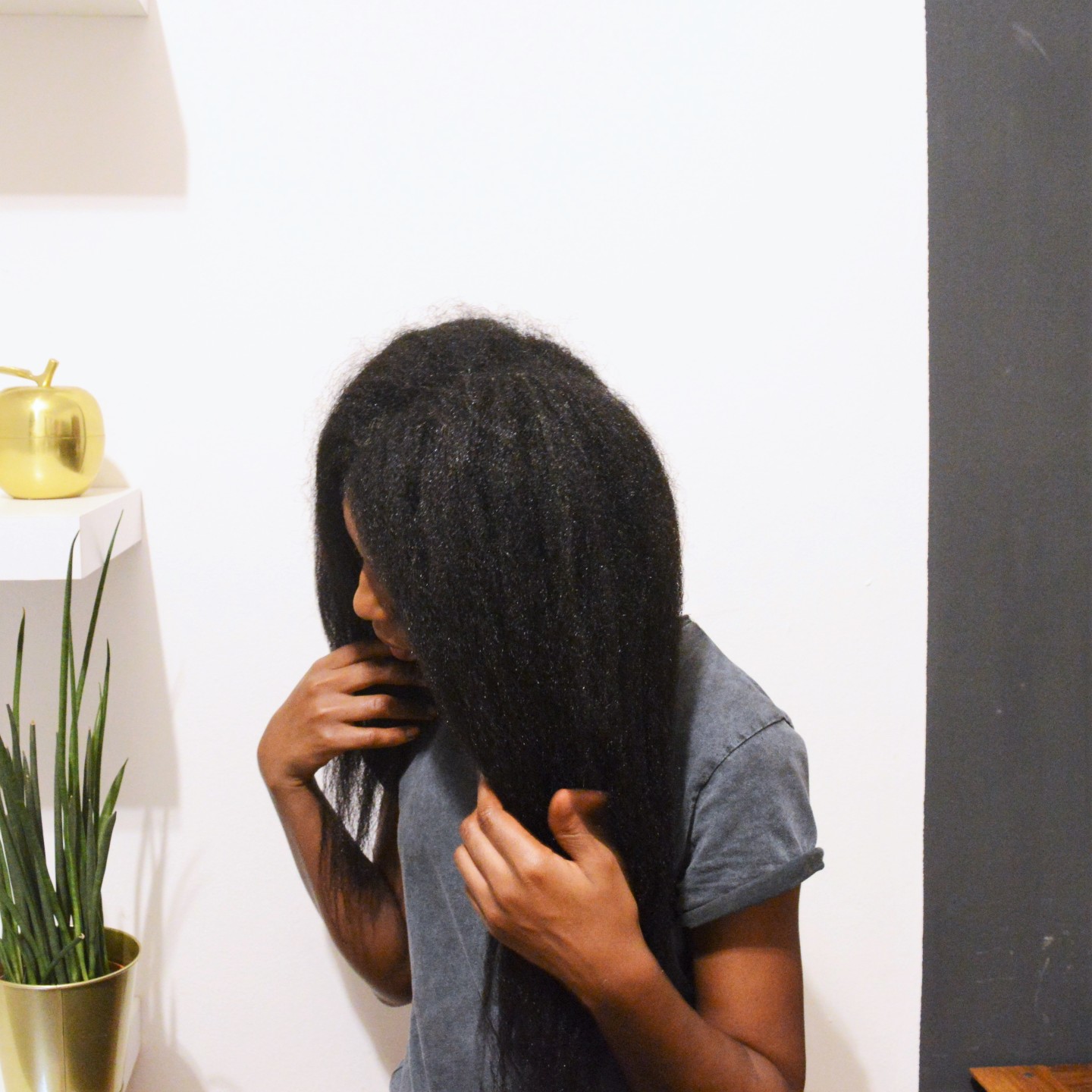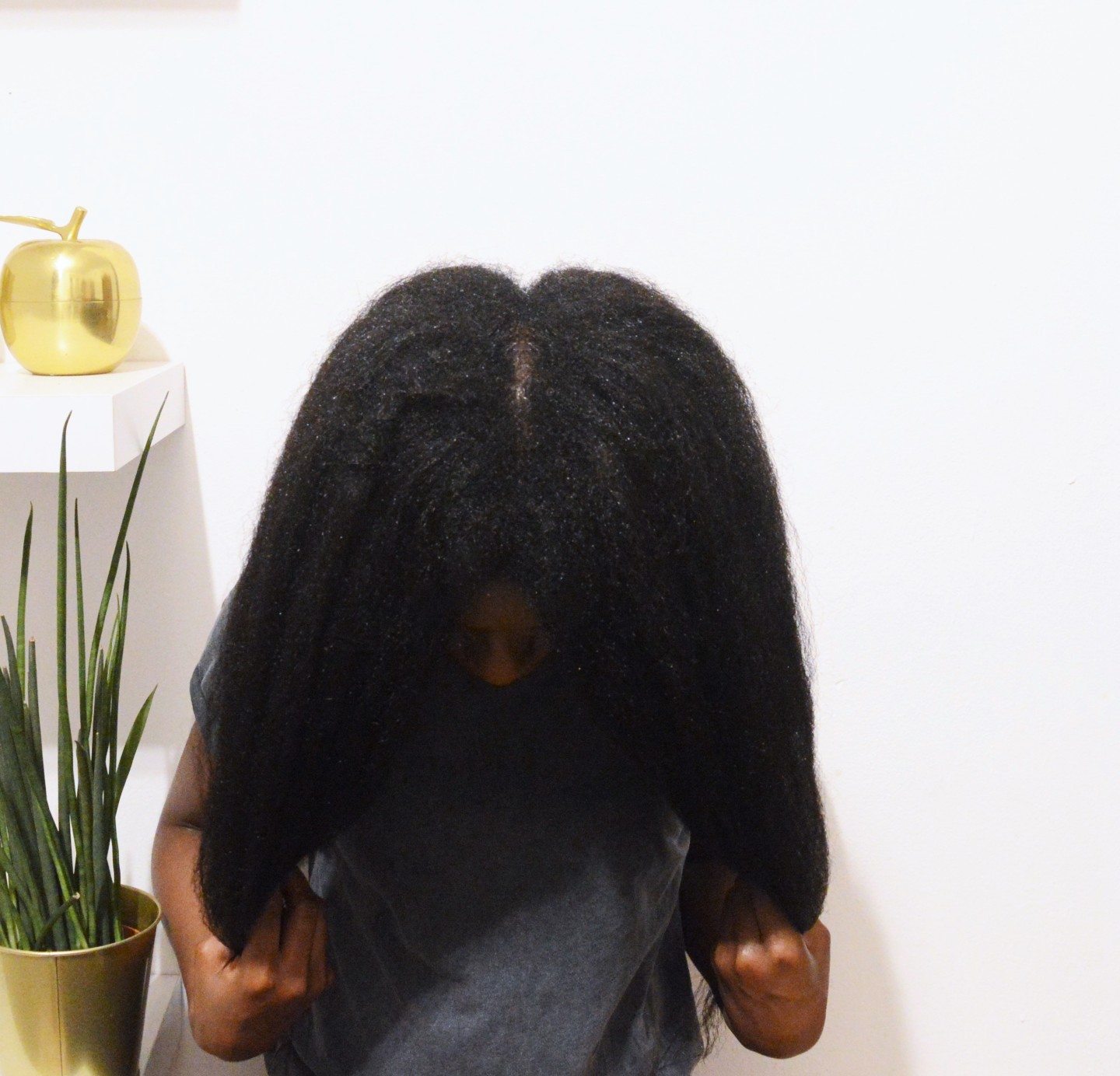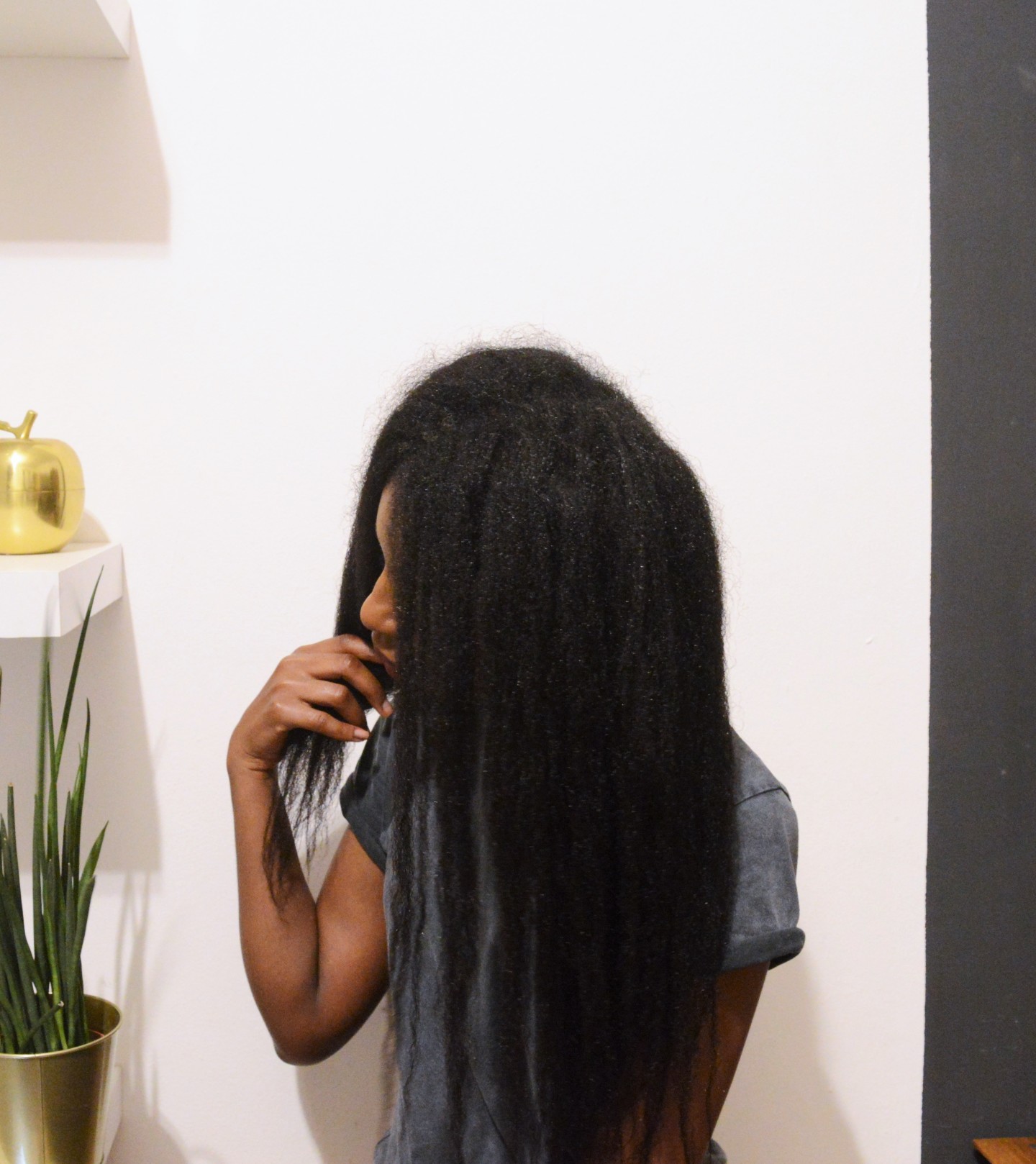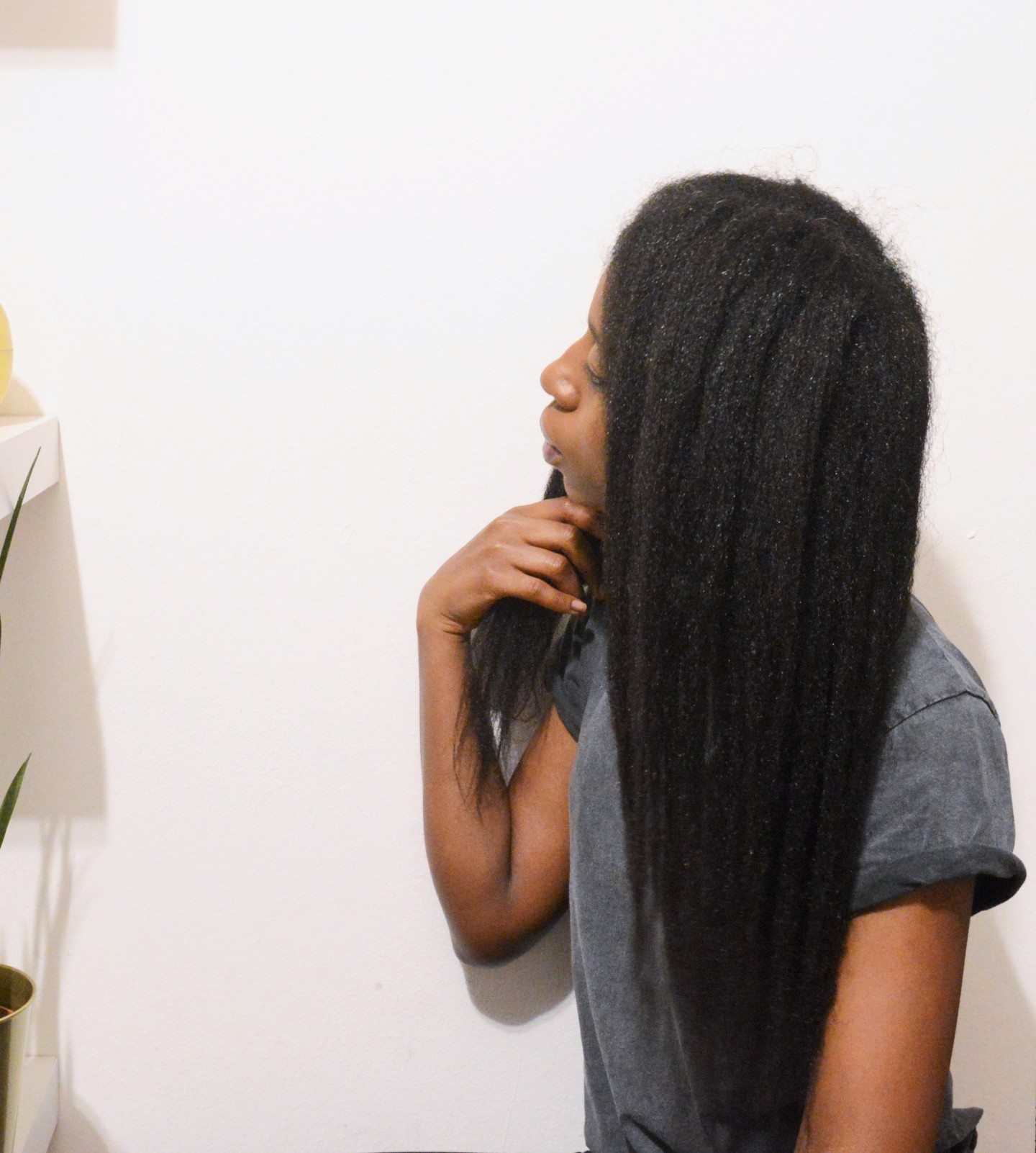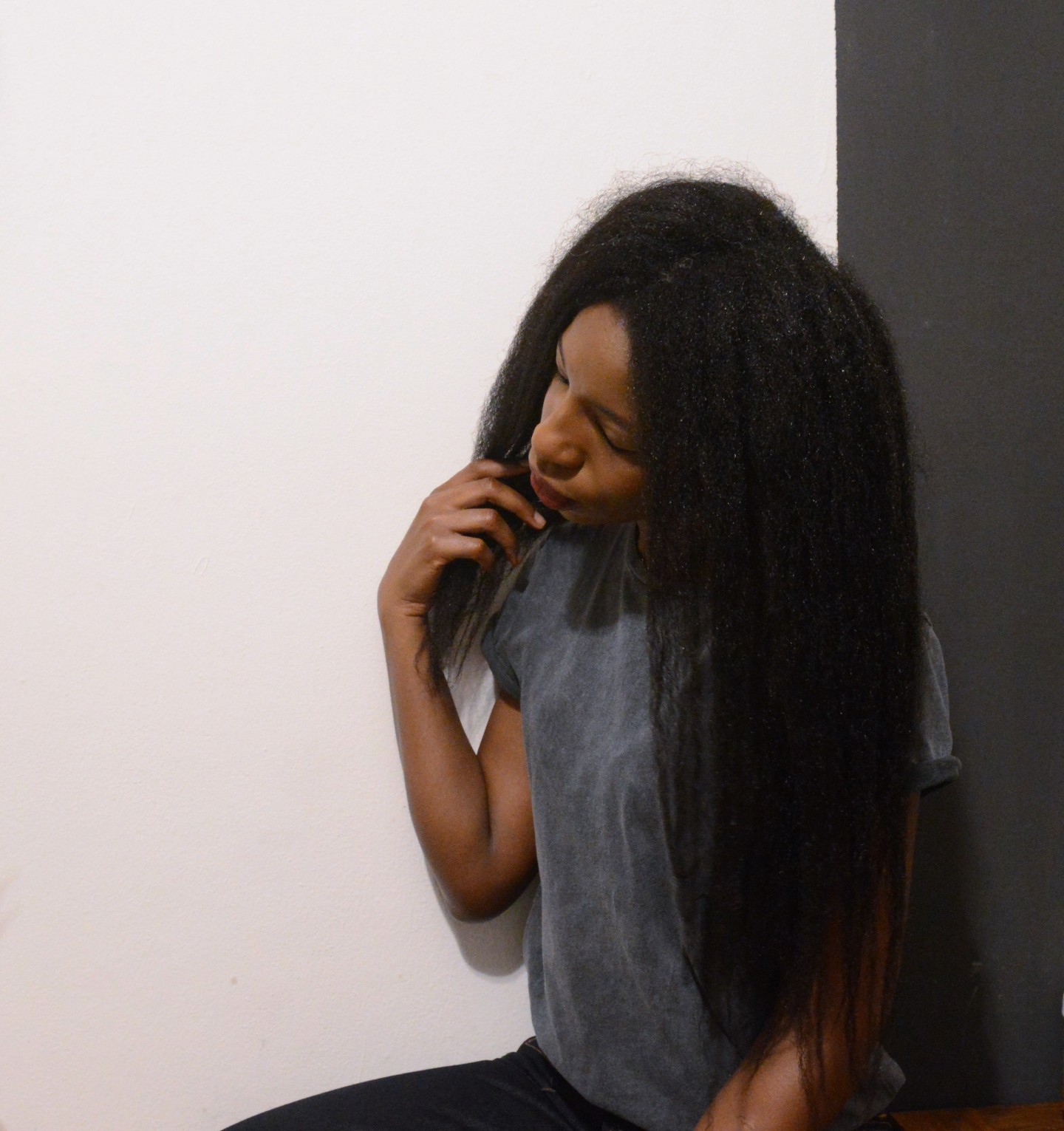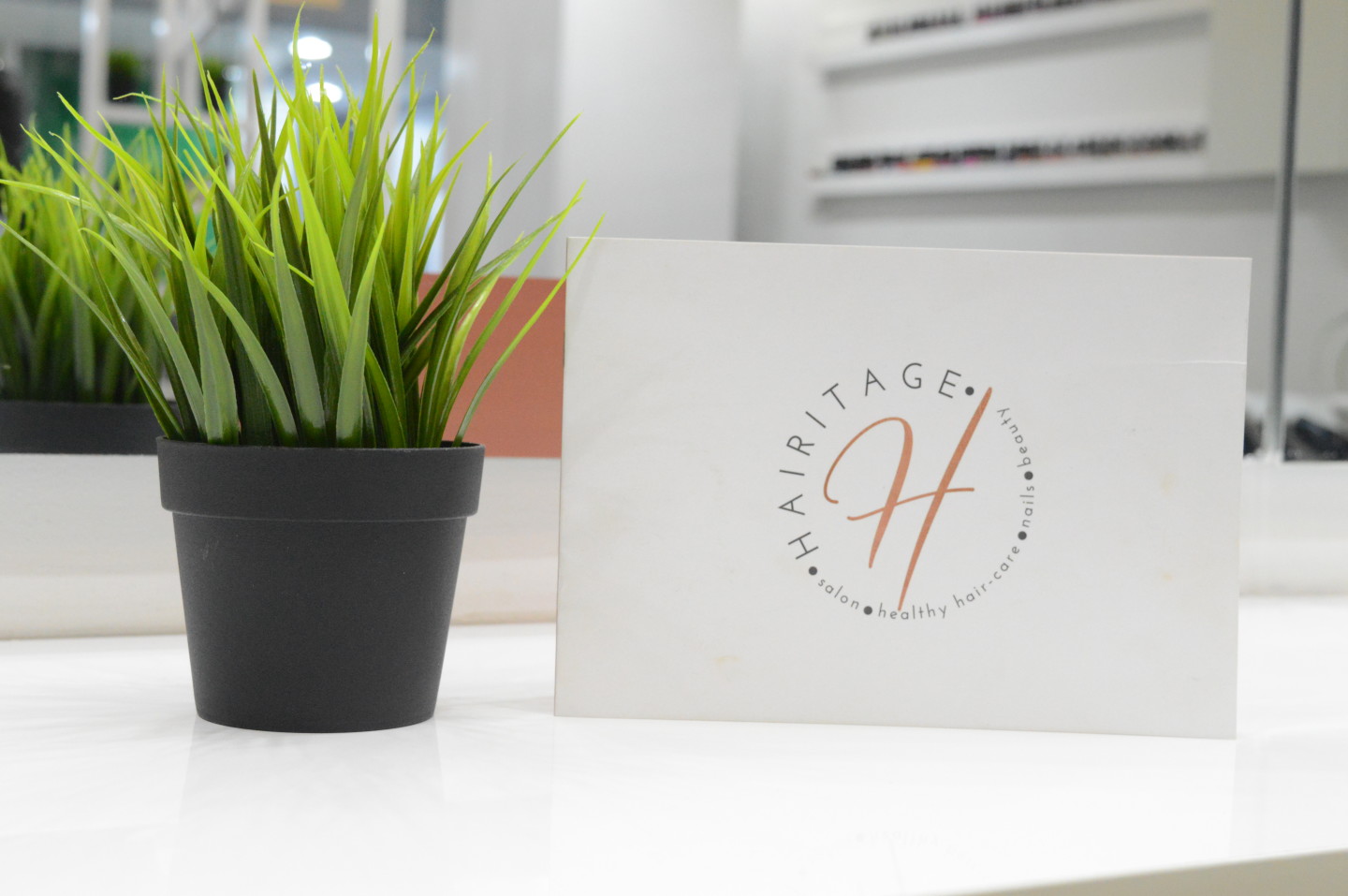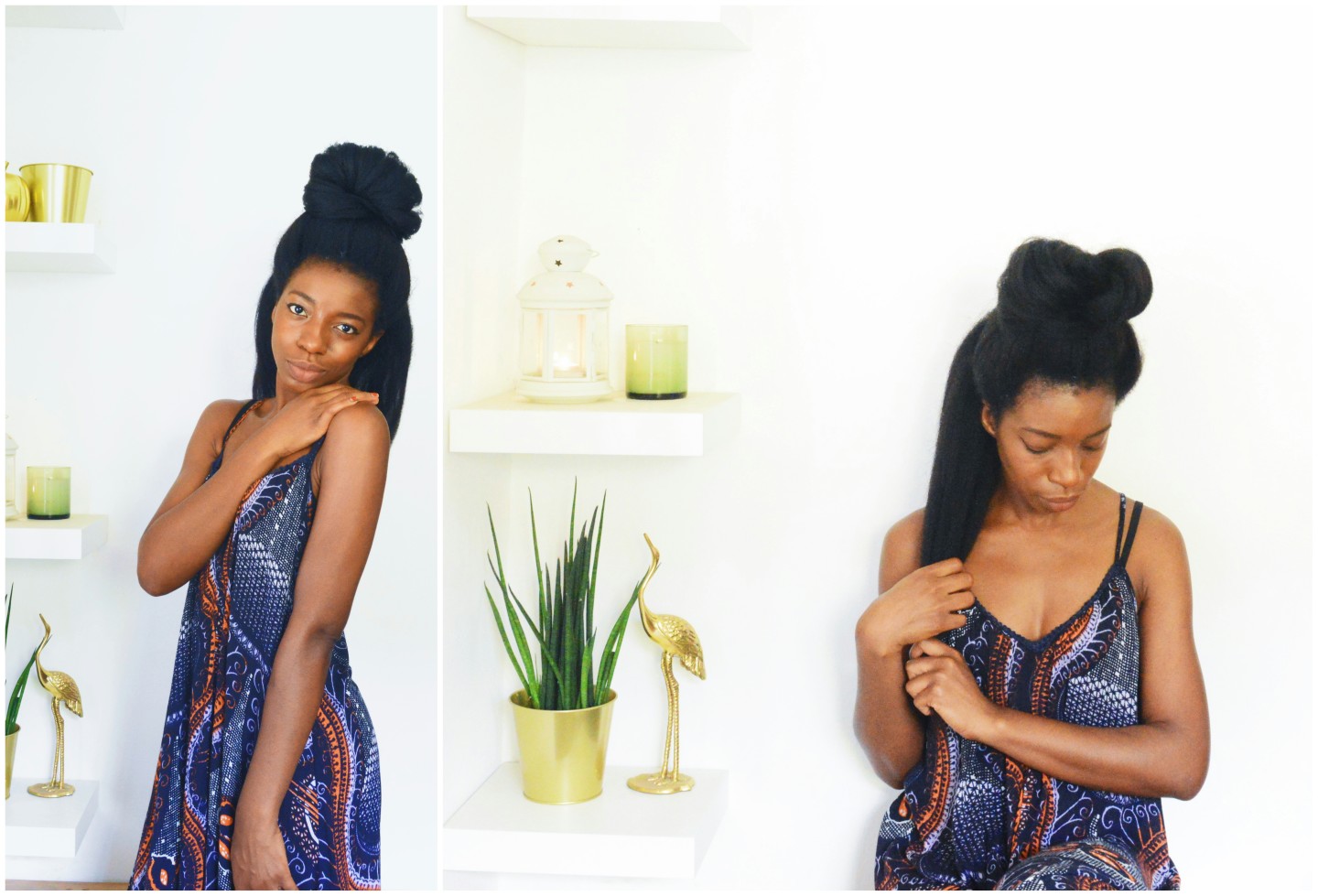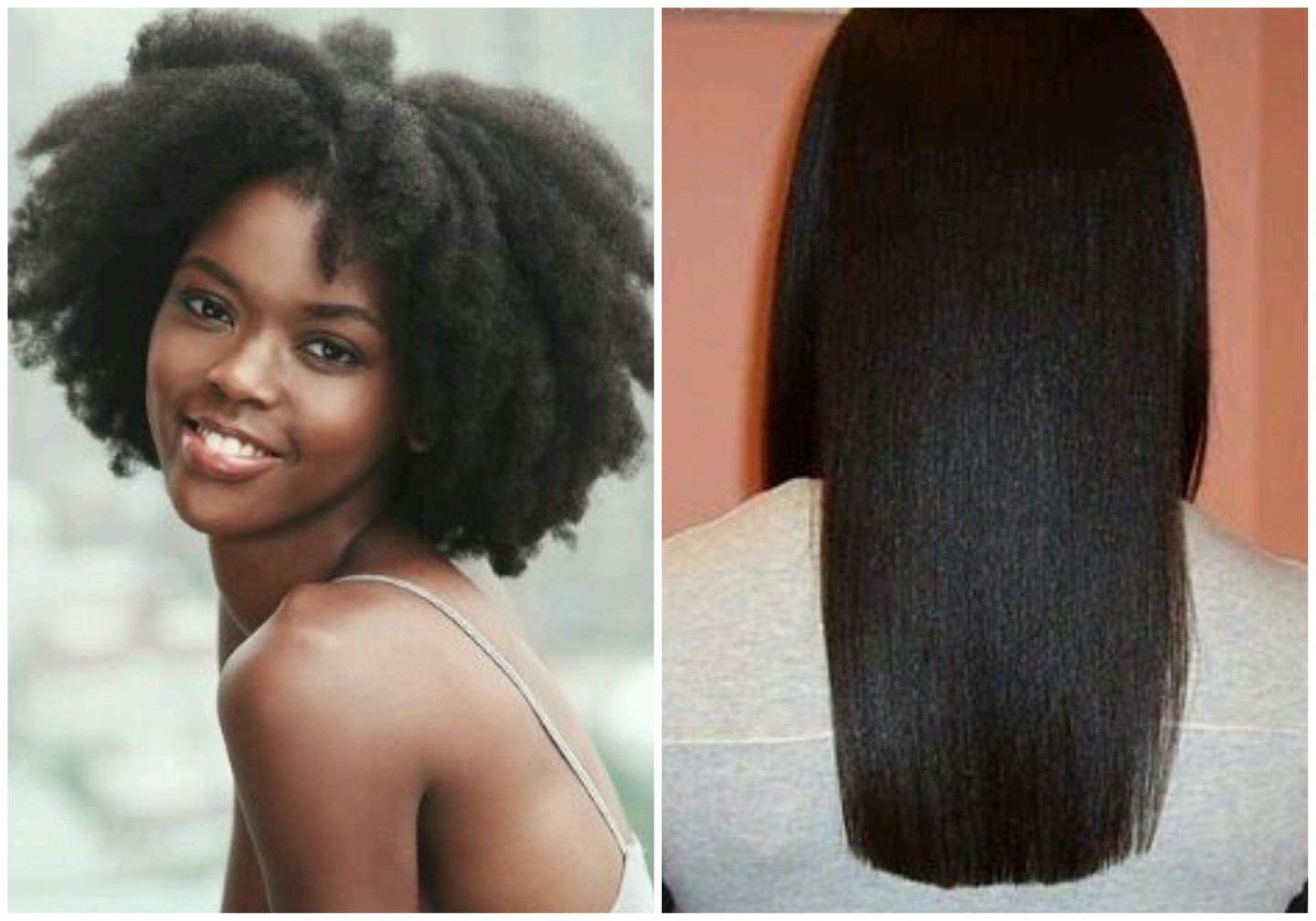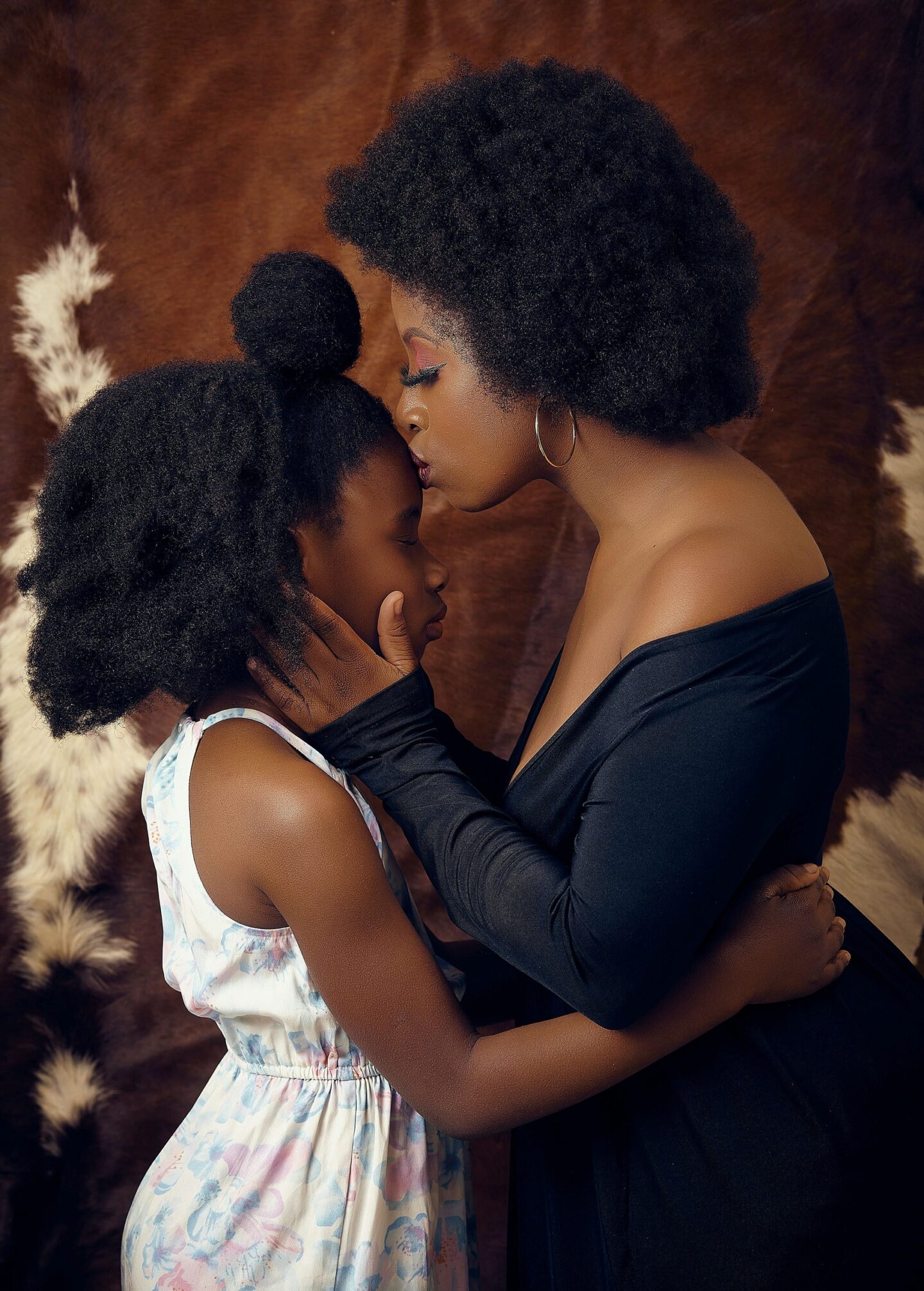
The pH of a healthy adult’s scalp is between the range 4.5 to 5.5. At this level or range the microorganisms [bacteria and fungi] that live on our scalps are regulated or under control and our scalp has a good balance.
A scalp that is not balanced or not within the ideal 4.5 to 5.5 range will be more prone to developing conditions that cause flaking, itching and infections, etc.
The pH balance or levels of our scalp is set or created by both sweat and sebum. When either sweat or sebum production is abnormal [too high or too low] the scalp pH is thrown off balance.
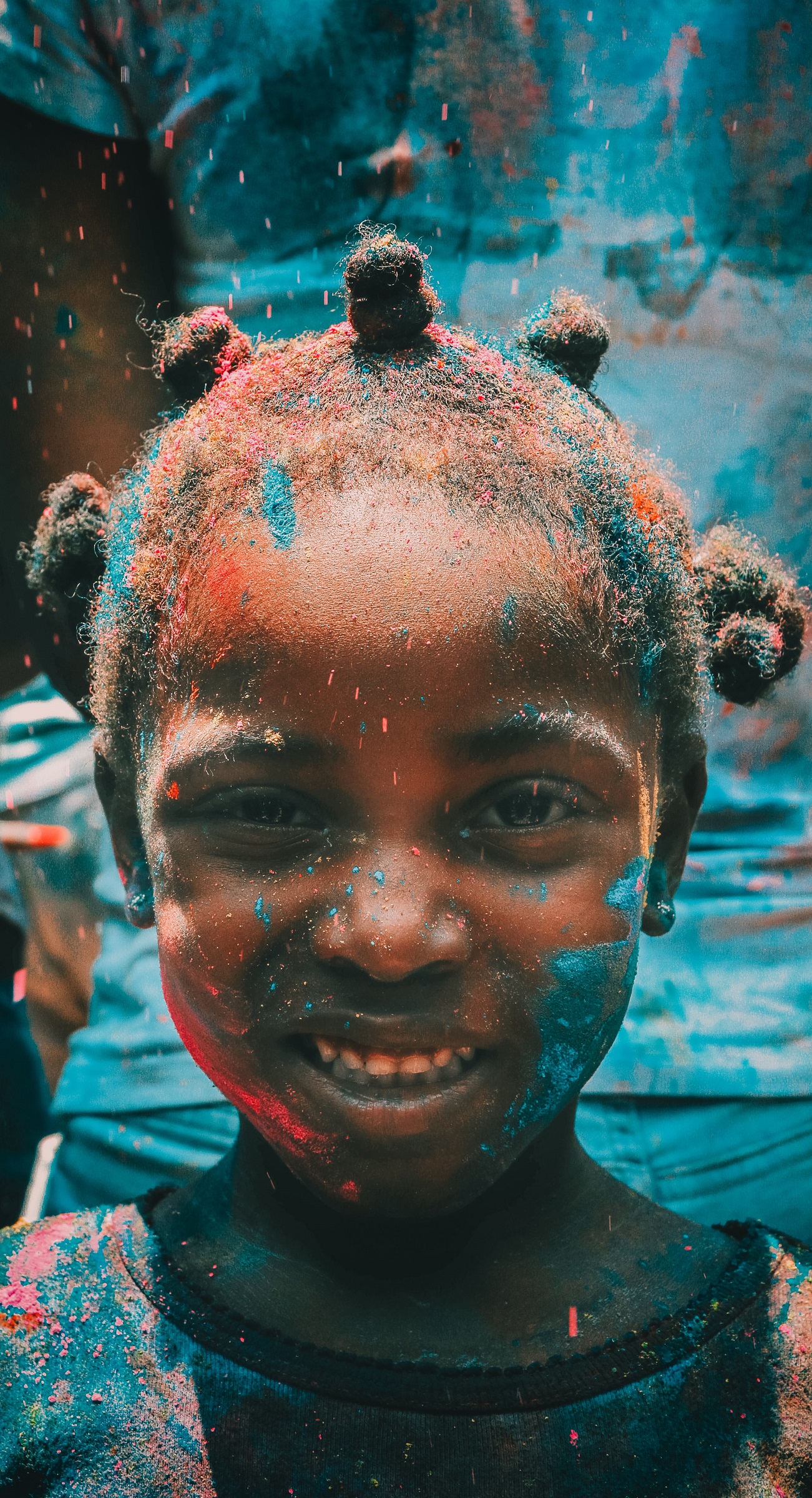
From age 3 to 6 months, the sebum production of a child slows significantly and stays low until the child hits puberty. This low sebum production is why babies are less prone to cradle cap after 6 months. It is believed that cradle cap is caused by the overproduction of sebum on the scalp.
Although less risk of cradle cap is a pro for lower scalp sebum production, there are also cons to it. Low sebum production causes the hair and scalp of children to be HIGHER than the ideal range. This means the microorganisms on their scalp are not as well regulated as they are on an adult’s scalp. Because of this, children are more susceptible to scalp infections and conditions like ring worm.
The increased risk of scalp infections makes having a healthy hair care regimen and practicing healthy scalp hygiene very important for children. Ideally a child’s hair should be washed once a week. For many female black children however, washing every single week is not practical especially because often, their hair is kept in twists, cornrows, single braids or other woven styles created to last for two or sometimes even three weeks. Washing their hair in those styles often results in the style becoming very rough or even unraveling partially.

These challenges do not have to prevent your child’s scalp health and hygiene from being possible.
A practical and quick way to help keep your child’s scalp clean and fight the heightened risk of infection is to use a cleansing and scalp care product such as the Infusions by Hairducation No Rinse Scalp Cleanser + Toner kids formula. The formulation of this product is non stripping so it will not deplete the little sebum that your child does have. It cleans your child’s scalp and influences its pH level so that is better regulated and less prone to scalp infection.
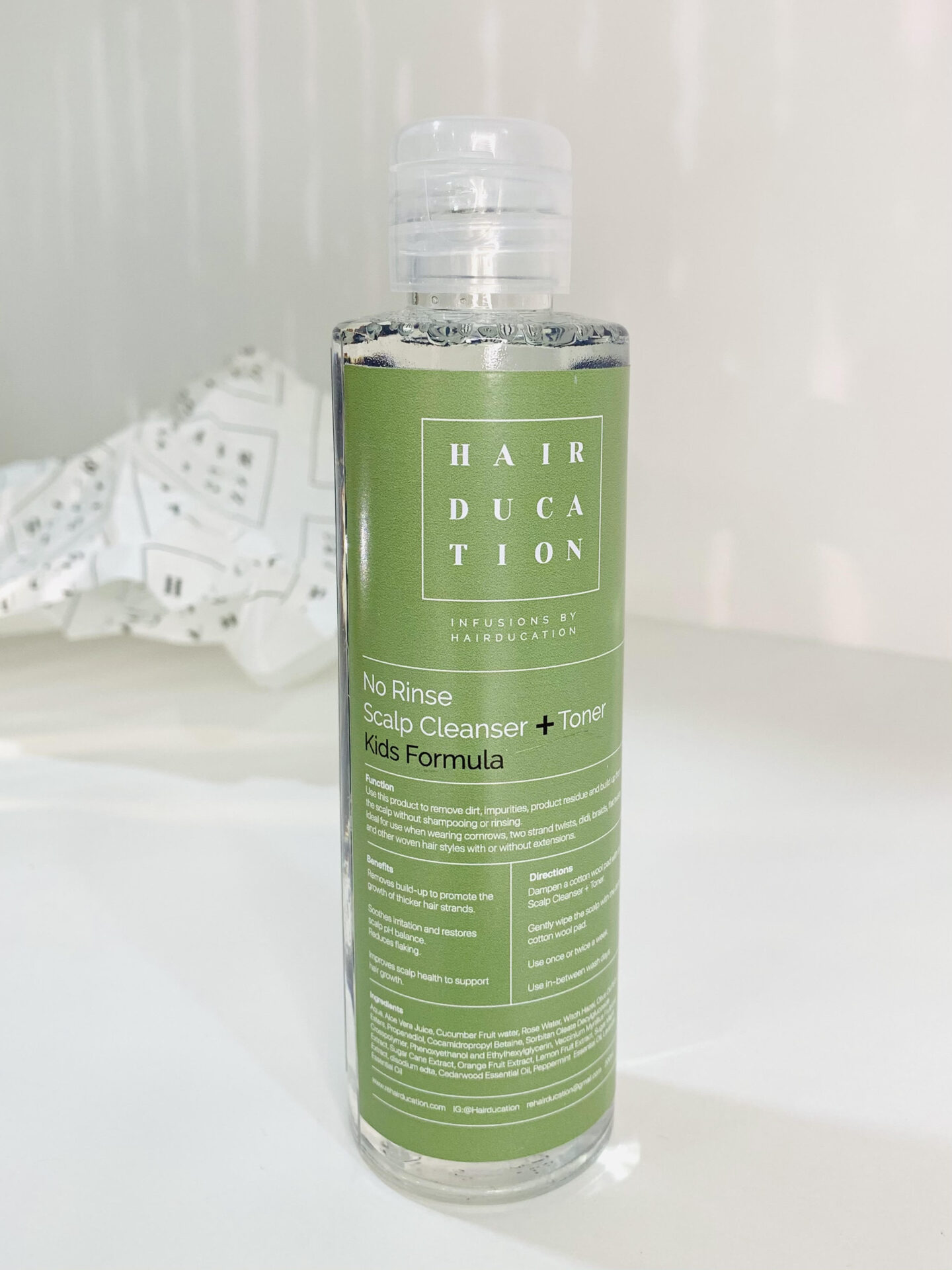
It is easy and convenient to put a child’s hair in braids and abandon all hair care for several weeks, the out of sight out of mind approach. An approach which has caused so many of us to have varying degrees of hair loss and hair follicle scaring from childhood. It will be so much more difficult for our daughters to have a healthy positive relationship with their hair and see regular hair care as a normal hygiene requirement rather than a chore if this approach is adopted.

There really should be a middle ground between practicality and healthy hair care practices for black girls.
Creating a practical hair care routine, choosing styles that can be worn for a couple of weeks and combining that with innovative child friendly hair and scalp care products that make is possible for your child’s scalp to be kept clean and healthy between wash days is the much better approach.
I hope you have found this post helpful.
Lade

